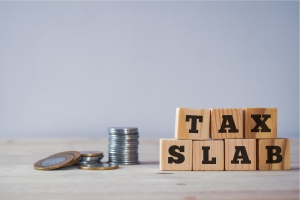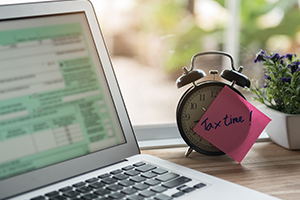Income tax is one of the most important aspects in every working individual’s life and the new tax regime has been a part of multiple discussions since the Union Budget was tabled on February 1. If you have been wondering about the proposals made by the new tax regime and want to know more about it, here is everything you need to know –
New Income Tax Regime for FY 2023 – 2024
The ongoing new tax regime, applicable for individual tax payers, was introduced in Budget 2020, and has been in effect from financial year 2020-21. The government has enabled individuals to pick from either the old or the new tax regime, based on their financial requirements. The new tax regime levies lower tax rates, when compared to the previous option, and this is taking away the pain caused by the removal of deductions. With the FY 2023-24 Budget further reducing applicable income tax rates, the Centre is strongly pushing people to adopt the new tax regime. If you are a salaried individual or a pensioner, you have the option of switching between the tax regimes every year, as per your requirement, as long as you do not earn any business income.
New Tax Regime Highlights
The first highlight of tax under new regime is the change in the income tax applicable on different slabs. The new tax regime slabs, effective from April 1, 2023, are as follows –
Income tax slabs under new tax regime | Income tax rates under new tax regime |
0 to 3 lakh | 0 |
3 lakh to 6 lakh | 5% |
6 lakh to 9 lakh | 10% |
9 lakh to 12 lakh | 15% |
12 lakh to 15 lakh | 20% |
Income above 15 lakh | 30% |
Other highlights include the increase in the basic exemption limit, from 2.5 lakhs under the old regime, to 3 lakhs under the new regime and the reduction in surcharge amount, which was previously applicable to people with incomes over 5 crores, from 37% to 25%. Accordingly, under the new tax regime, all individuals with income over 2 crores would now be liable to pay a surcharge of 25% on their income tax. Further, if you do not choose the option you prefer, the new tax regime will be considered as the default option. The new tax regime has also hiked the Section 87A rebate for taxable incomes up to 7 lakhs. Thereby, if your taxable income is less than 7 lakhs, you are not required to pay any taxes under the new regime.
New Income Tax Regime: How much income tax will you save?
Since the latest Budget raised the basic exemption limit to 3 lakhs, the new tax regime will save you 2,500 rupees, right at the outset. Other than this, you can claim a basic deduction of 50,000 rupees, on your salary income, along with a deduction under Section 80 CCD (2), for the employer's contribution to the Tier-I NPS account. Overall, under the new tax regime, you can claim for a maximum deduction of 10% of your basic pay plus dearness allowance, in a particular financial year.
New Income Tax Regime 2023 - 2024: List of common deductions not available
The major difference between the two tax regimes is that tax payers opting for the old tax regime can benefit from the existing deduction opportunities such as section 80C and 80D, of the Income Tax Act 1961. Further, such tax payers can also claim deductions like the house rent allowance, the standard deduction under Section 80TTA/80TTB, the LTC cash voucher scheme, professional tax, leave travel allowance and entertainment allowance on salaries. A total of 70 deductions have been made unavailable under the income tax new regime proposed in 2020.
Now that you have all the necessary details on the new tax regime, all you have to do is pick the option most suited for you and start with your income tax proceedings.
An investor education initiative by Edelweiss Mutual Fund
All Mutual Fund Investors have to go through a one-time KYC process. Investors should deal only with Registered Mutual Fund (RMF). For more info on KYC, RMF and procedure to lodge/redress any complaints, visit - https://www.edelweissmf.com/kyc-norms
MUTUAL FUND INVESTMENTS ARE SUBJECT TO MARKET RISKS. READ ALL SCHEME-RELATED DOCUMENTS CAREFULLY
Trending Articles
MUTUAL FUND INVESTMENTS ARE SUBJECT TO MARKET RISKS, READ ALL SCHEME RELATED DOCUMENTS CAREFULLY.




















